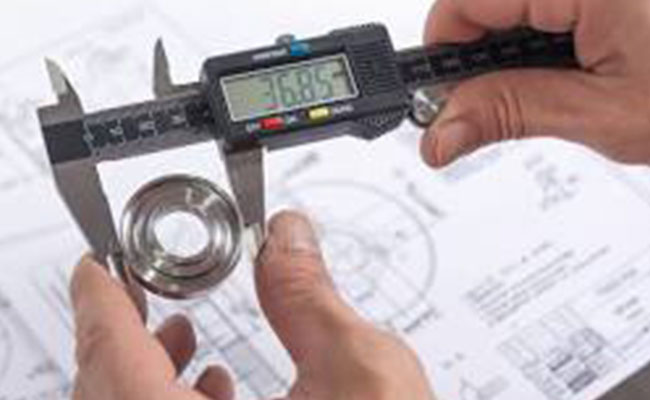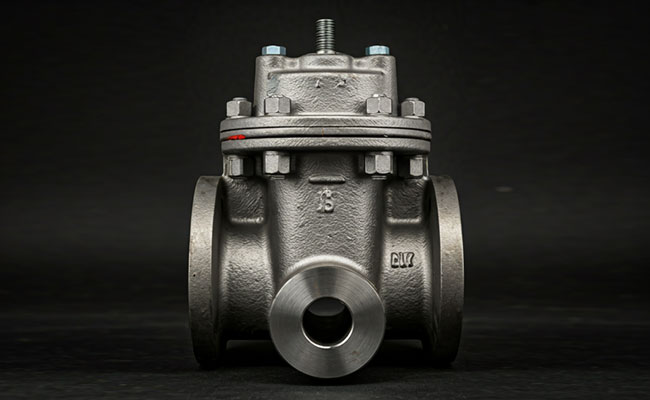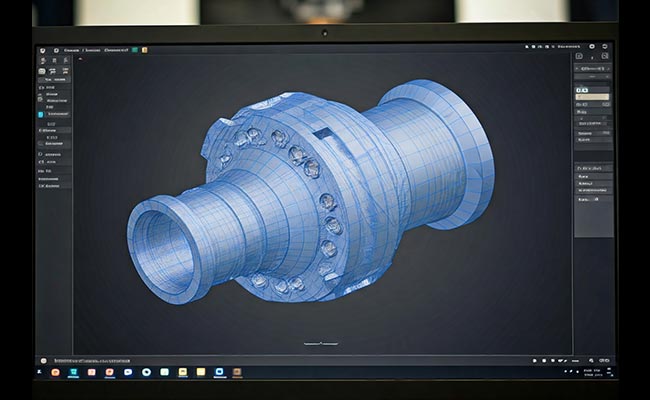
Impression Die Forging: A Precision Metalworking Process
2024-09-30
Ultrasonic Testing (UT) for Castings
2024-10-14Quality inspection is a critical step in the casting process, ensuring that the final product meets the required standards of performance, safety, and aesthetics. A rigorous inspection regime helps identify and rectify defects early on, preventing costly rework and ensuring customer satisfaction.
Key Aspects of Casting Quality Inspection
Visual Inspection:
Surface defects: Cracks, porosity, blowholes, cold shuts, and other surface imperfections.
Dimensional accuracy: Checking if the casting dimensions match the design specifications.
Appearance: Assessing the overall look and finish of the casting.
Dimensional Inspection:
Measuring tools: Using calipers, micrometers, and other precision instruments to verify dimensions.
Coordinate measuring machines (CMMs): For complex geometries and high-precision measurements.
Non-Destructive Testing (NDT):
Radiographic testing (RT): Detecting internal defects using X-rays or gamma rays.
Ultrasonic testing (UT): Using sound waves to detect internal flaws.
Magnetic particle testing (MT): Detecting surface and subsurface discontinuities in ferromagnetic materials.
Liquid penetrant testing (PT): Identifying surface-breaking cracks and discontinuities.
Mechanical Testing:
Tensile testing: Measuring the strength and ductility of the material.
Hardness testing: Assessing the resistance to indentation.
Impact testing: Evaluating the material’s ability to withstand sudden loads.
Chemical Analysis:
Spectroscopy: Determining the chemical composition of the alloy.
Importance of Quality Inspection
Defect prevention: Identifying and addressing defects early in the process can prevent costly rework and scrap.
Customer satisfaction: Ensuring that products meet or exceed customer expectations.
Product safety: Identifying potential safety hazards before the product reaches the market.
Regulatory compliance: Adhering to industry standards and regulations.
Challenges in Casting Quality Inspection
Complex geometries: Inspecting intricate castings can be challenging.
Internal defects: Detecting hidden defects requires advanced NDT techniques.
Subjectivity: Visual inspections can be subjective and prone to human error.
Automation: Balancing automation with human expertise for effective inspection.
Continuous Improvement
Effective quality inspection involves a commitment to continuous improvement. This includes:
Regular training: Keeping inspection personnel updated on the latest techniques and technologies.
Data analysis: Using data from inspections to identify trends and root causes of defects.
Process optimization: Implementing changes to improve the casting process and reduce defects.
Technology adoption: Utilizing advanced inspection technologies for better accuracy and efficiency.
By implementing a robust quality inspection program, casting manufacturers can ensure that their products meet the highest standards of quality and reliability.




